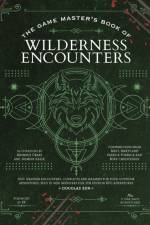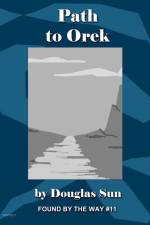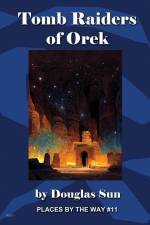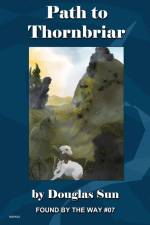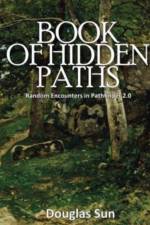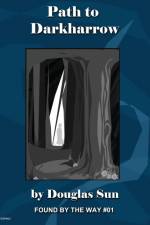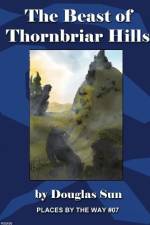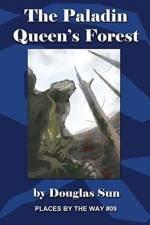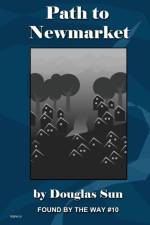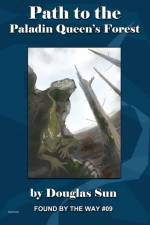av Douglas Sun
481
I talk about this in the Introduction to Book of Hidden Paths, but random encounters in roleplaying games have always fascinated me. I started with Dungeons & Dragons shortly after AD&D became a thing, and the big appendix of random encounters in the AD&D DMG still blows my mind. The fact that encounters could come at you out of nowhere meant that almost anything was possible even if the DM hadn't thought of it, and that appendix demonstrated in graphic form the richness and variety of all the living (and undead) things in the game. All those tables, so many tables.... And yet, I felt - and still feel - that more guidance on how to make random encounters work would be helpful. You get 10 main chapters, each devoted to a particular type of wilderness terrain: Caverns, Desert, Forest, Grasslands, Hills, Littoral, Mountains, Ocean, Tundra and Wetlands. After a brief discussion of that terrain type, each chapter launches into a series of tables and sub-tables outlining possible plausible encounters. They cover most of the creatures included in the Pathfinder Reference Document, from familiar wild animals to exotic monsters like kraken and purple worms, plus humanoids, various vocations/professions, and physical hazards that you can use for petty harassment (just to remind your players that adventuring isn't all fun and glory). In turn, each table entry discusses how that creature reacts - topics range from how to acquire a pet rat to what that ancient red dragon is thinking as it looks down at your party - how many of them are present (scaled to your party's average level), and what treasure might be gained from defeating it. Book of Hidden Paths gives DMs a deep dive into an under-explored aspect of RPGs. Even experienced DMs will find food for thought and fresh ideas about how to make a party food for monsters.

